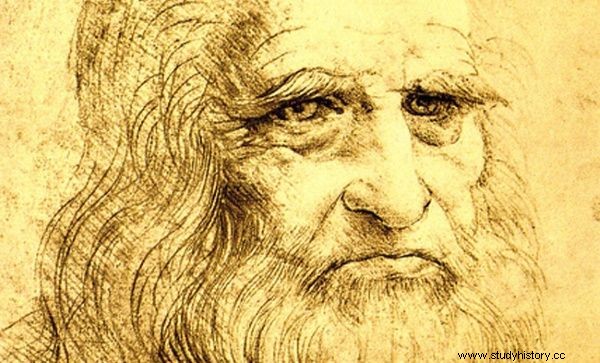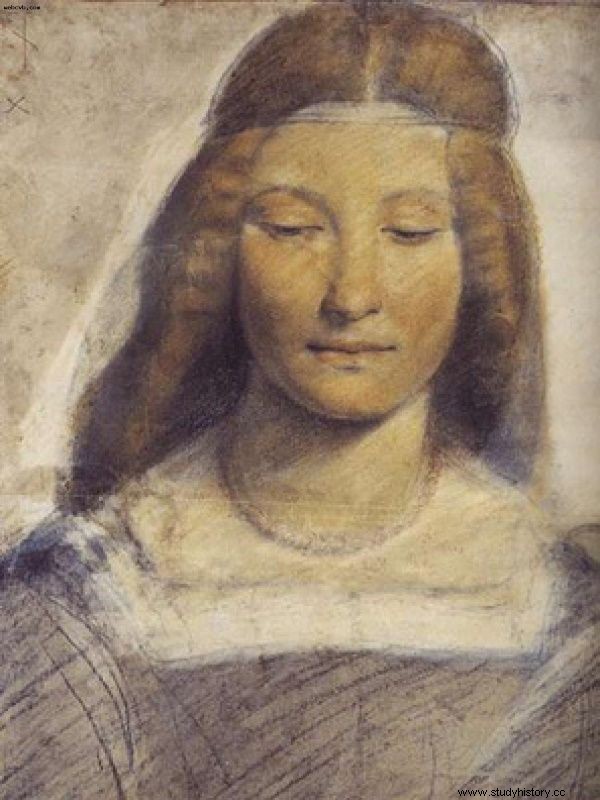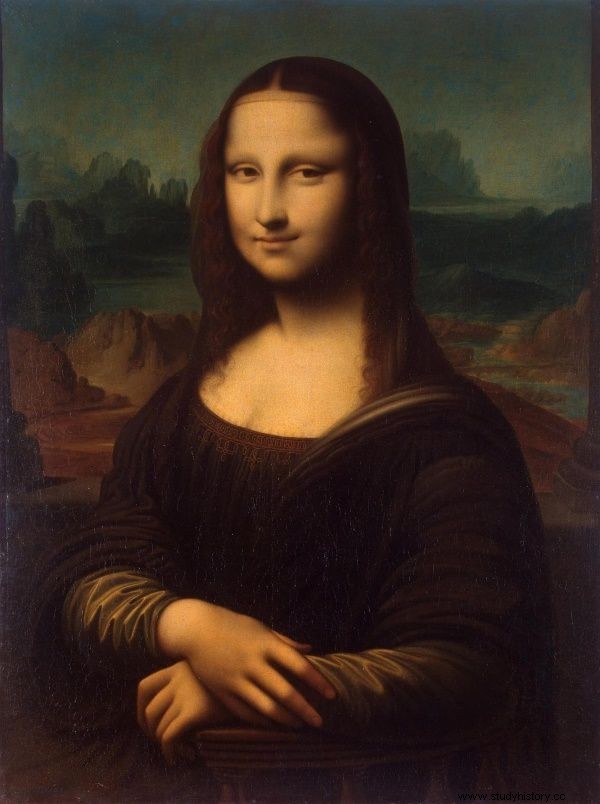"Why do art historians spread crap? Why do journalists only help them with this ?! " - thunders Maike Vogt-Lüerssen on his website. The author of several works devoted to the Renaissance is convinced that it was she who discovered the secret of the Mona Lisa. And in her opinion it is a secret completely steeped in… Polishness.
One of Leonardo da Vinci's biographers, French writer Serge Bramley, argued that the model depicted in the famous painting "can be identified in a good dozen ways and each one is more or less defensible." He expressed his opinion a quarter of a century ago. If anything has changed since then, it's just the number of hypotheses surrounding the Mona Lisa character. Today they are in the hundreds.
Chinese slave girl or man in dress?
According to one, the figure in the painting is a Chinese slave, according to another - not a woman, but the painter's assistant and lover, a certain Salai. There is also no shortage of experts voicing the opinion that there was no Mona Lisa at all. Leonardo just made a joke, creating a stylized self-portrait and waiting for viewers to beat their hearts faster at the sight of a 50-year-old in disguise ...

According to one of the Mona Lis theories, it is a self-portrait of Leonardo himself.
The German Maike Vogt-Lüerssen joined the group of revolutionists a few years ago. She devoted a whole book to the identification of Mona Lisa, but her idea is based on one detail. According to the author, the model's outfit contains elements stylized as symbols of the Sforza family, and thus must present a member of this family or a person related to him.

Izabela Aragońska… or maybe Lucrezia Borgia? This is another Renaissance portrait that raises more questions than answers.
Taking into account the time of the painting's creation - i.e. the turn of the 15th and 16th centuries - as well as the similarities to other famous works, Vogt-Lüerssen draws the conclusion that can only be about one specific woman:Isabella of Aragon. Duchess of Milan, and also the mother of the future Polish queen Bona Sforza.
Painter or lover?
The idea is not as crazy as it may seem. Leonardo da Vinci was indeed familiar with Isabella. He helped arrange her wedding with Prince Giangaleazzo and carried out numerous works and projects for the entire reborn Sforza family. One would even expect that during this time he also created a suitably worthy portrait of Princess Isabella.
There is no hard evidence that this image was Mona Lisa, but that is not why the Vogt-Lüerssen concept has been boycotted by the entire scientific community. The author made a simple mistake:on one premise she built a whole conglomerate of crazy hypotheses.

Mona Lisa. A woman with a thousand identities…
According to her works, da Vinci not only painted Princess Isabella, but also secretly married her after the brutal drunk and impotent Giangaleazzo Sforza died in the attack . The author claims that it was a story like a soap opera. Great love, even greater mystery, and a shocking misalliance. Several children were to be born from the union. In addition, the outstanding painter also took on the role of the stepfather of Bona Sforza, who grew up in the castle in Bari.
The power of… self-confidence
And there is only one snag. Vogt-Lüerssen herself admits that she bases her statements on the interpretation of the painter's works, and not on any convincing documents. At the same time, however, like Rejtan, he defends the findings made, tearing his clothes at every opportunity, accusing the scientific community of ignorance, and the most eminent experts - of participating in conspiracies to hide the historical truth. This whole campaign didn't do much to her.
Journalists of The Age magazine pointed out that the first circulation of the book about Isabella of Aragonese as Mona Lisa reached a staggering circulation of ... thirty copies. Only the German language version saw the light of day, with the title "Isabella von Aragon und ihr Hofmaler Leonardo da Vinci". There was no one willing to publish a book in English or Polish. And maybe it's not surprising. Working with an author who thinks everyone is stupider than himself is not always worth the candle ...
We recommend:
Another version of the article was also published in the latest issue of the magazine "Newsweek Historia" (3/2015).
